Places where visitors can enjoy the atmosphere of good old Japan and a quaint landscape
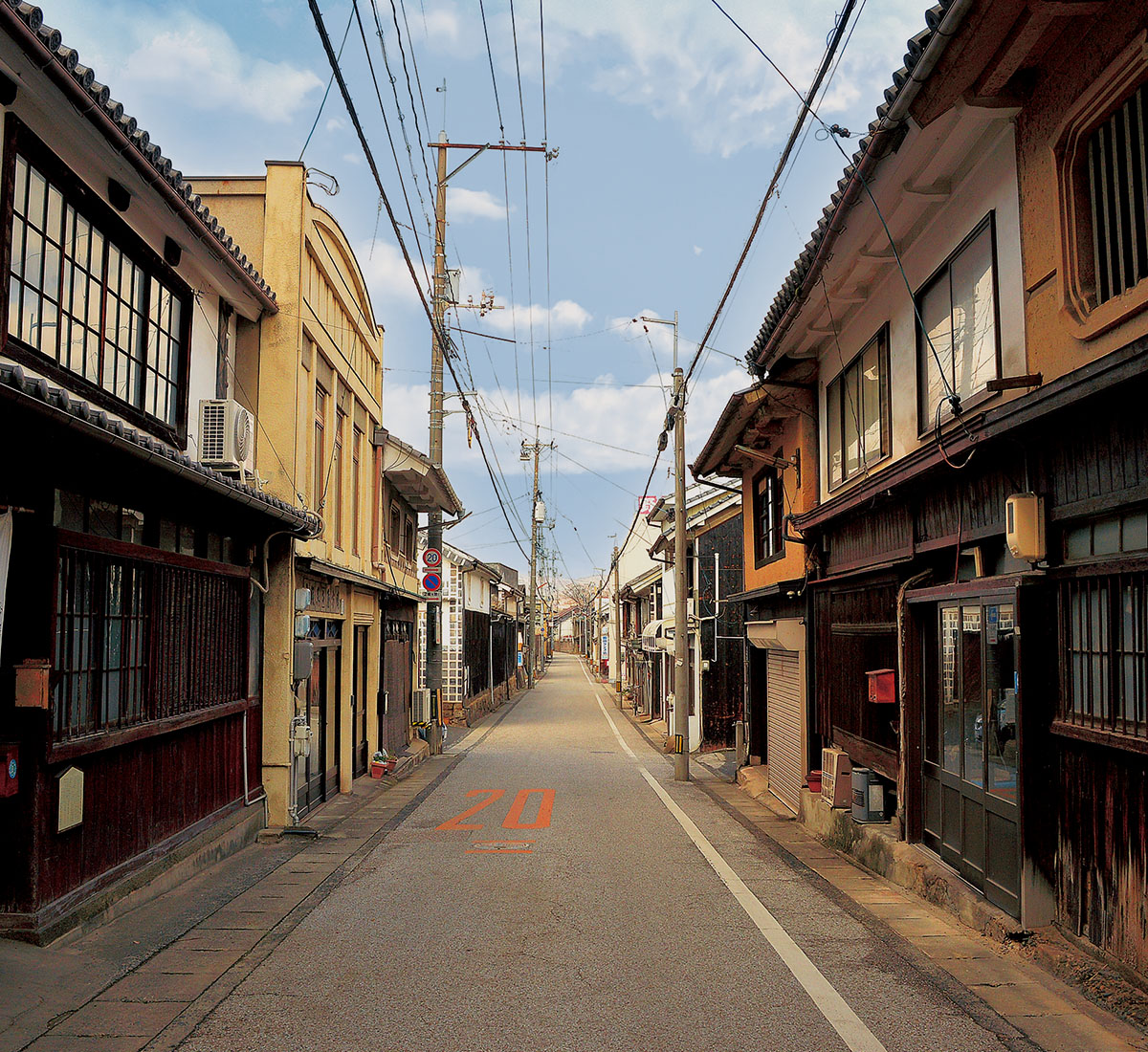
Places where visitors can enjoy the atmosphere of good old Japan and a quaint landscape


As Tamashima flourished as a town with a commercial port, merchants used teahouses to interact with each other. In its heyday, the town had approximately 400 teahouses and was lined with tea utensil shops and Japanese confectionery shops. There still remain some of those shops.
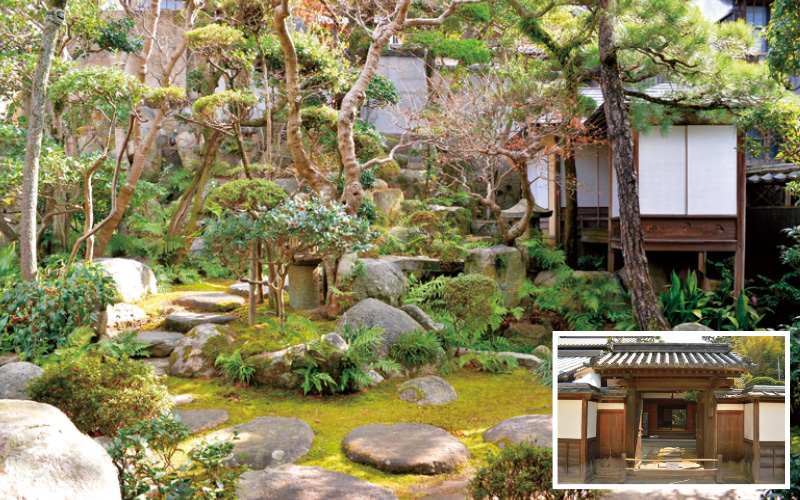
This is the former house of the Yunoki family that served the Bichu Matsuyama domain lord. Its distinctive structure and appearance give a quaint look. In this house, Ataka Kumata, the chief retainer of the domain, committed suicide with a sword at the end of the Edo period to take full responsibility for the domain.

Kibi no Makibi visited China twice in the Nara period and is reflected in his knowledge of politics and culture. He is said to have introduced the game of go to Japan and invented the katakana syllabary.
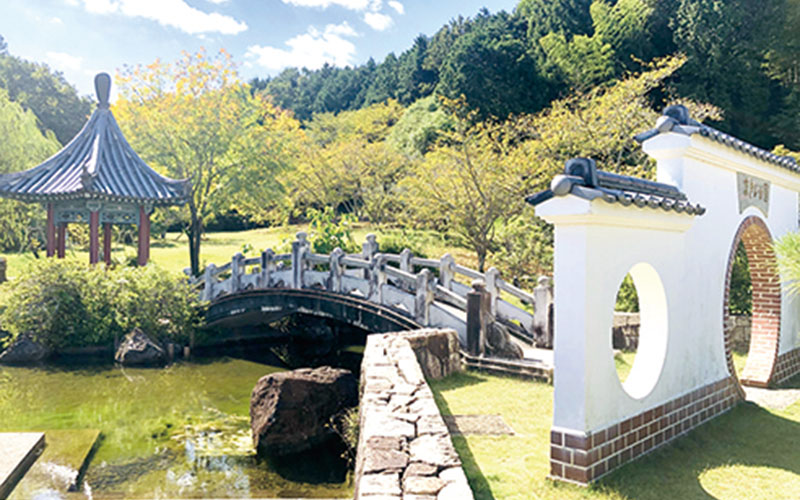
This park was built in commemoration of the construction of the monument of Kibi no Makibi in China. In this park, there is a place where visitors can enjoy food and tea and buy local produce and craftworks.

The museum exhibits historical materials, such as the articles related to the Okada clan, who ruled the domain in the Edo period.

Mabi-cho, Kurashiki City, is the birthplace of Kosuke Kindaichi, the most famous fictional detective in Japan. Mabi-cho is not only the place in which the novel is set but also the location for the movies and TV dramas.
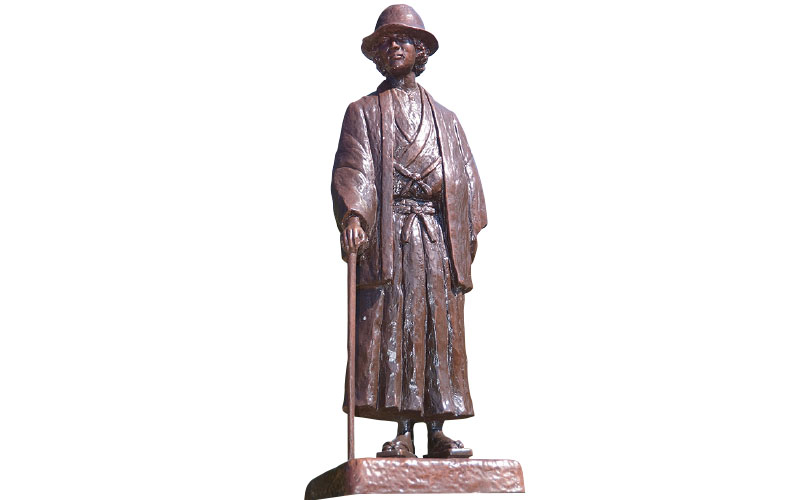
Kosuke Kindaichi is a fictional private detective who appears in a mystery novel by Seishi Yokomizo and one of the three most famous detectives in Japan.
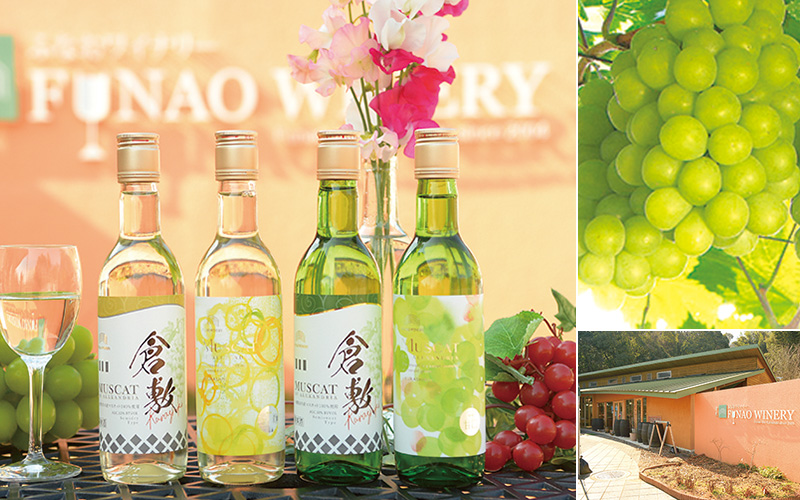
Kurashiki City is one of the biggest producers of the queen of grapes, Muscat of Alexandria. Funao Winery produces wine using plenty of muscats produced in Funao-cho. Visitors can not only buy wine but can also learn the history of muscat cultivation, see how wine is produced, and taste the wine.
Tamashima was once a group of small islands scattered in the Seto Inland Sea. However, as new rice fields and the water transportation systems by Kitamae-bune and Takase-bune were developed in the Edo period, Tamashima flourished as a port town. There still remains a historical townscape with a lot of tile-roofed merchant houses and earthen storehouses with mushiko windows, lattices, plaster walls, and namako walls.